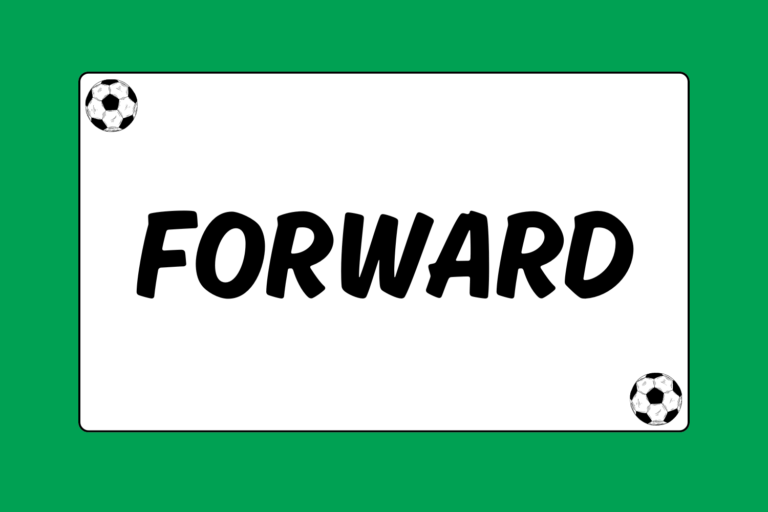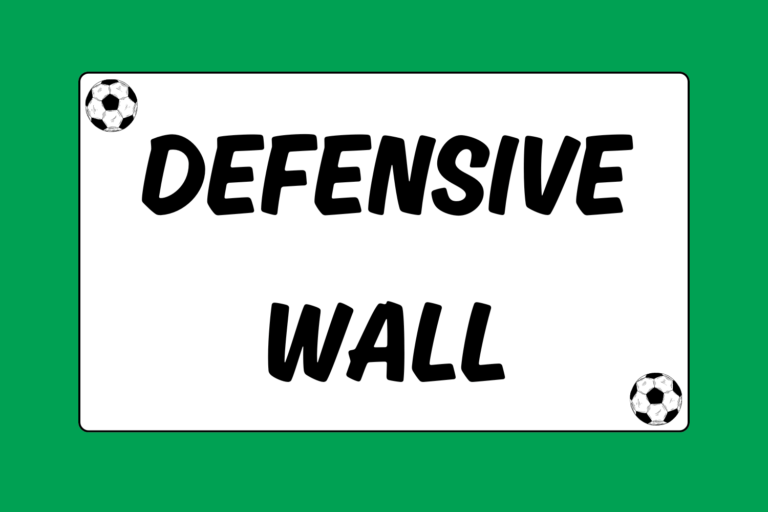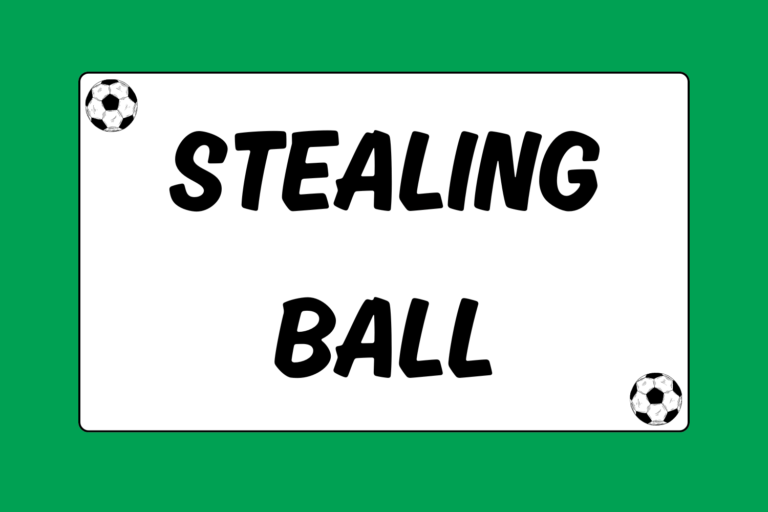One of the most useful — but also controversial — moves in soccer is the slide tackle. The use of slide tackles can be controversial and dangerous, simply because there are so many things that can go wrong concerning player safety and the issuance of a red or yellow card. However, the slide tackle move is legal, and its purpose is to dispossess an opposing player.
If you successfully slide tackle an opponent correctly, it is a fantastic way to dispossess a player and shore up your defensive line. However, whether the tackle is done correctly or not, it is almost a sure thing that the player you tackle will hit the pitch while writhing in pain. Whether this is actually legitimate pain, or just an exaggerated performance is for the referee to decide. Just know that you are putting yourself at risk of a card when you attempt this high-stakes maneuver.
Tackling Form
The ideal slide tackle is done when you are running next to an opponent and can’t match them for speed. You know that the attacker can blow past you at any moment, but you have to stop them from reaching your goal. At this moment, you need to time your tackle perfectly so that you strike the ball first. Optimally, you want to lead with the foot that is nearest to the opponent and ball. This will allow you to reach the ball quickly and avoid mistiming your tackle. Then simply slide down to the ground and extend your leg out, poking the ball away from the opponent.
Playing the Ball
It is very important that when you commit to a slide tackle that you “play the ball.” This means that your foot makes contact with the ball before any part of your body makes contact with the opposing player. The rules state that any inadvertent contact after the ball has been played does not constitute a foul.
Tackling with Studs Up
“Studs up” or “showing studs” refers to slide tackling with the studs of the cleats leading the tackle. This can be very dangerous because if they strike the opposing player instead of the ball, you can cause serious injury. There is no appropriate time to tackle with “studs up,” and the referee will enact swift punishment if they ever witness you doing it. Out of respect for your opponents, try to avoid tackling in this manner.
Tackling From Behind
The rules of soccer state that a slide tackle from behind requires an automatic red card. The reason for this is that the player being tackled cannot see the tackle coming, and thus is in no position to defend themselves. It’s a harsh rule, but ultimately a fair one when player safety is concerned.
The best way to avoid a red card ejection is simply by refraining from tackling from behind. If you tackle frequently from behind, you will earn a reputation as a dirty player and you will find that referees, opponents, and sometimes even your own teammates will lose respect for you.
The Dangers of Slide Tackles
Slide tackles are among the most dangerous aspects of soccer. There are countless videos of players’ legs being broken by reckless opponents who fly in with their studs up. As a result of this, referees have become increasingly strict with offenders. With this in mind, it is wise to cater your play to the strictness of the referee at hand.
If the ref is making a lot of calls, it might be a good idea to ditch slide tackles entirely for the duration of the match. Similarly, if the ref is letting the game get physical and refraining from calling fouls, throw out some well-timed slide tackles and show the opposing team you mean business.
Amazingly True Story
In a 2011 MLS match, Seattle Sounder Steve Zakuani had his leg snapped in half by a brutal slide tackle from Colorado Rapid midfielder Brian Mullan. The tackle was so brutal that the snap of the leg sounded like a tree trunk broke during the live telecast. Mullan was given a 10 game suspension.
When to Tackle
Diving has become somewhat of an epidemic in the game of soccer, and nowhere is it more prevalent than during the aftermath of a slide tackle. Part of the reason why the slide tackle has become such a high-risk maneuver is because opposing players will writhe in pain after the play (whether actual pain or not). For this reason, you must be warned that you slide tackle at your own risk.
If you have to slide tackle, do it in the open field and avoid using it on an opponent in your own 18 yard box. In addition to whatever card the referee may elect to give you, a foul in the 18 yard box also comes with an automatic penalty shot for the opposing team. As valuable as your tackle may have been in stopping your opponents scoring opportunity, playing a man down for the rest of the match and giving up a penalty kick are not worth it.
Proceed with Caution
Now that you understand how and when to use a slide tackle, you should be prepared to use it on the pitch. If you are wary of strict referees, respectful of your opponents, and make clean tackles, you should be able to add the slide tackle to your game without degrading the integrity of a match.





